This research project is completed by our PIs Prof. KER Dai Fei Elmer, Prof. WANG Dan Michelle, Prof. YUNG Shu Hang Patrick, Prof. Tuan Sung Chi Rocky and Prof. LING Ka-kin Samuel. https://doi.org/10.1016/j.jot.2022.06.004 Here are some extracts from their work: “In the musculoskeletal system, bone, tendon, and muscle form highly integrated multi-tissue units such as the rotator cuff complex, which facilitates functional and dynamic movement of the shoulder joint. Understanding the intricate interplay among these tissues within clinical, biological, and engineering contexts is vital for addressing challenging issues in treatment of musculoskeletal disorders and injuries. A wide-ranging literature search was performed, and findings related to the socioeconomic impact of rotator cuff tears, the structure-function relationship of rotator cuff bone-tendon-muscle units, pathophysiology of injury, current clinical treatments, recent state-of-the-art advances (stem cells, growth factors, and exosomes) as well as their regulatory approval, and future strategies aimed at engineering bone-tendon-muscle musculoskeletal units are outlined. Rotator cuff injuries are a significant socioeconomic burden on numerous healthcare systems that may be addressed by treating the rotator cuff as a single complex, given its highly integrated structure-function relationship as well as degenerative pathophysiology and limited healing in bone-tendon-muscle musculoskeletal tissues. Current clinical practices for treating rotator cuff injuries, including the use of commercially available devices and evolving trends in surgical management have benefited patients while advances in application of stem/progenitor cells, growth factors, and exosomes hold clinical potential. However, such efforts do not emphasize targeted regeneration of bone-tendon-muscle units. Strategies aimed at regenerating bone-tendonmuscle units are thus expected to address challenging issues in rotator cuff repair. The rotator cuff is a highly integrated complex of bone-tendon-muscle units that when injured, has severe consequences for patients and healthcare systems. State-of-the-art clinical treatment as well as recent advances have resulted in improved patient outcome and may be further enhanced by engineering bone-tendonmuscle multi-tissue grafts as a potential strategy for rotator cuff injuries.

Translational Potential of this Article: This review aims to bridge clinical, tissue engineering, and biological aspects of rotator cuff repair and propose a novel therapeutic strategy by targeted regeneration of multi-tissue units. The presentation of these wide-ranging and multi-disciplinary concepts are broadly applicable to regenerative medicine applications for musculoskeletal and non-musculoskeletal tissues.”
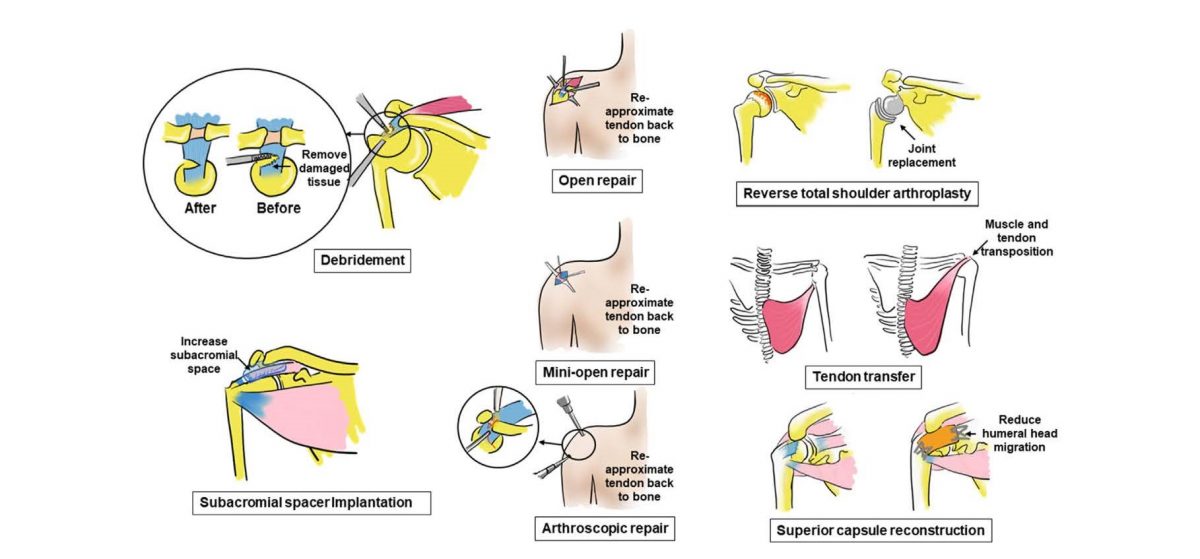

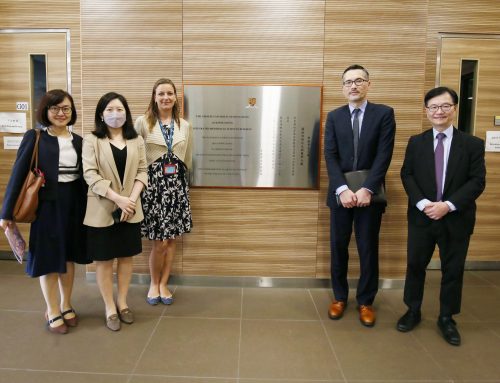
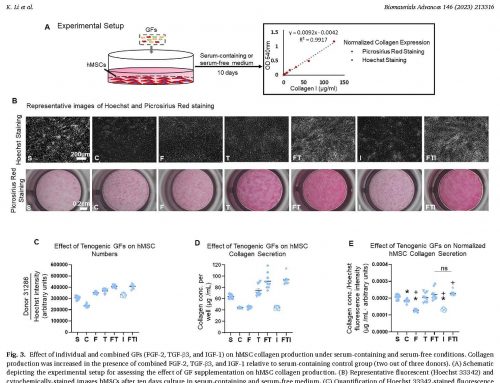

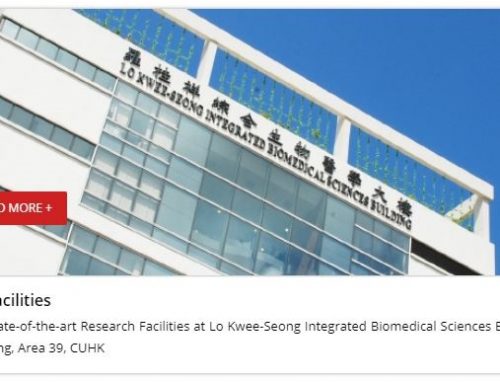
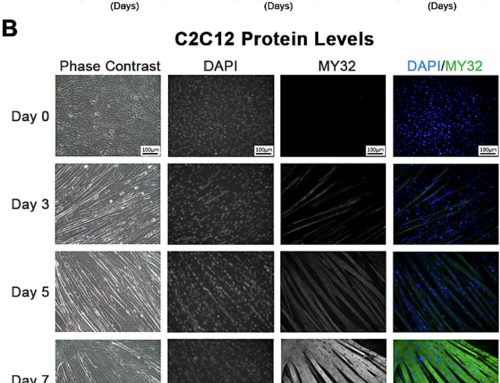
Leave A Comment